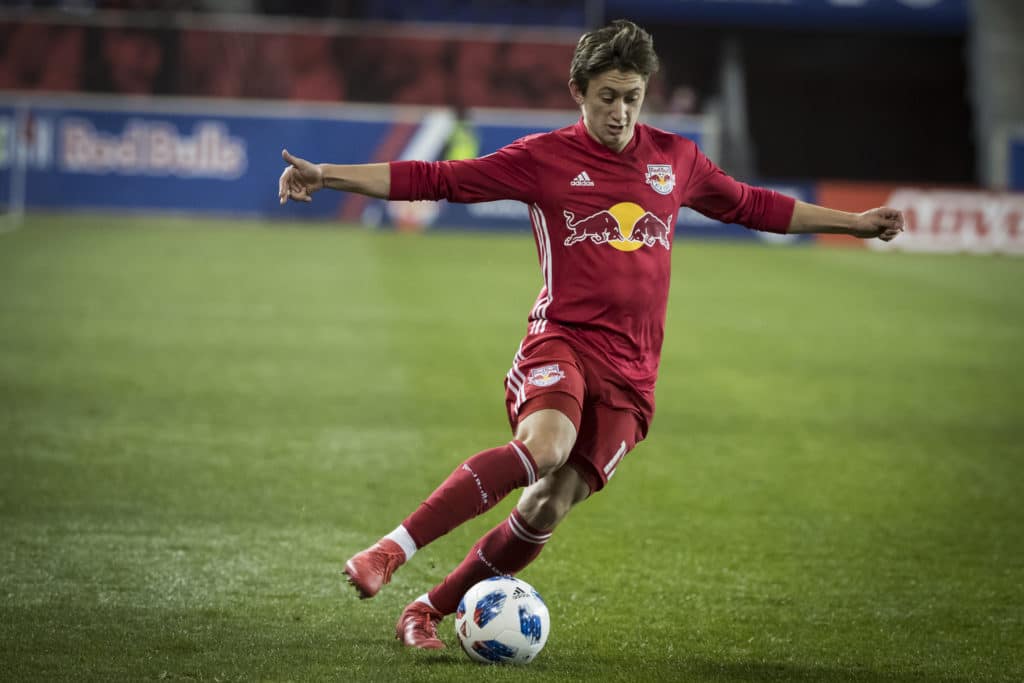- 25,213
- 44,766
- Joined
- Jan 30, 2010
It’s gon take a big pay raise to keep Martinez tho ...luckily it looks like Blank ain’t stingy with the check book so far
Follow along with the video below to see how to install our site as a web app on your home screen.

Note: this_feature_currently_requires_accessing_site_using_safari
Any guesses on the type of league/team he would go to ?
I was thinkin France cuz it seems like scoring goals is easier there ...but we can all agree that him staying in the MLS for as long as possible is best...his national team is Venezuela so they can’t be picky bout leagues right nowPremiership most likely. I don't think he'd enjoy being back in continental europe.

Nah. Wayne Fatso being around not changing the L you bout to take.if DC can beat the Red Bulls this weekend...Ahh man listen. The city will be on fire with talks of soccer.



 , and they added a U-15 team for 2018-19. The good news is that the early returns have been promising. By all accounts, LAFC academy director Todd Saldana has gone about building the academy the right way, and the club’s players are already receiving a steady stream of national team call-ups. Much like NYCFC a year ago, LAFC’s early academy success is a sure sign they’ll move up this list at speed once they have more than three teams in the academy. And Los Angeles will yield plenty of academy fruit in the meantime. But until then, we watch and wait.
, and they added a U-15 team for 2018-19. The good news is that the early returns have been promising. By all accounts, LAFC academy director Todd Saldana has gone about building the academy the right way, and the club’s players are already receiving a steady stream of national team call-ups. Much like NYCFC a year ago, LAFC’s early academy success is a sure sign they’ll move up this list at speed once they have more than three teams in the academy. And Los Angeles will yield plenty of academy fruit in the meantime. But until then, we watch and wait.








Huge game today. Really really hope we can get a great result against Red Bull’s. Wouldn’t feel safe with a 1-0 2-0 win but Red Bull’s are too good to get 3-0ed. Gonna be tough.